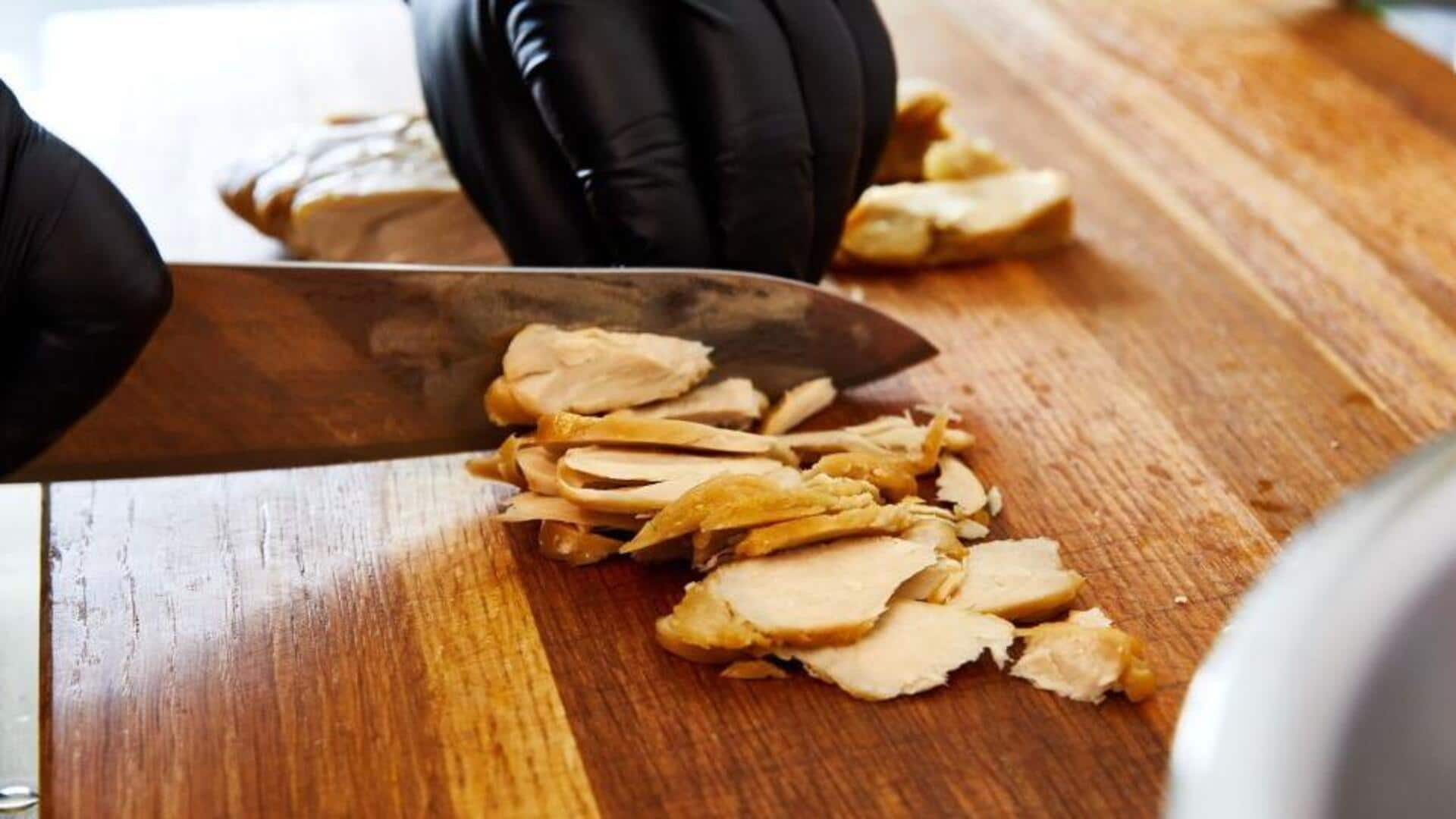
US approves lab-grown meat for sale: How it is made
What's the story
For the first time, lab-grown meat products can now be sold in the US. The U.S. Department of Agriculture (USDA) has approved two California-based companies, namely Upside Foods and Good Meat, to make and sell lab-grown chicken. But how is meat 'grown' in the lab and is it any better than conventional products? Let us find out.
Process
Lab-grown meat is also called "cultured" or "cultivated" meat
The first step involved in the process of making lab-grown meat, also referred to as "cultured" or "cultivated" meat, is harvesting cells from the tissues of a living animal. Sampling the cells "typically does not permanently harm or kill the animal," says the USDA. These cells are then screened and stored in a cell bank to be used later.
Growth
The cells are then grown and multiplied in bioreactors
To produce the required product, the cells are shifted to a large enclosed container, where the conditions are strictly monitored. These vessels act as bioreactors, providing the necessary environment for the cells to grow and multiply. Essential nutrients and protein growth factors are given to the cells, causing them to differentiate into muscle, fat, and connective tissues similar to that of a regular chicken.
Information
The final step involves harvesting the cells from the container
Finally, when the cells have differentiated into the required cell type, they are harvested from the enclosed containers and then "prepared using conventional food processing and packaging methods," per the USDA.
Approval
The US has a regulatory framework to assess lab-grown products
In 2019, the FDA and the USDA's Food Safety and Inspection Service (FSIS) laid down a regulatory framework to ensure that lab-grown food products are "safe and truthfully labeled" before they are brought to the market. In accordance with this framework, both Upside Foods's and Good Meat's lab-grown chicken products have been tested and verified to be safe for human consumption.
Effect
Is lab-grown meat environment-friendly?
Lab-grown food products are touted to be "slaughter-free." However, the question arises if they are better for the environment compared to conventional meat products. Some scientists argue that cultivated meat does not necessarily mean it produces lesser carbon emissions than traditional livestock farming. For instance, the current process needed to make the growth medium for producing lab-grown meat requires high amounts of energy.
Information
Reduction in livestock farming would bring down methane emissions
That being said, a reduction in livestock farming would bring down methane emissions that add to climate change. However, recent modeling-based studies show lab-based meat production could produce problematic carbon dioxide emissions in the long run.
Health
Food safety is claimed to be one of the benefits
Coming to the advantages of lab-grown meat, one of them is food safety. Under controlled laboratory conditions, cultivated meat products are less likely to be contaminated with disease-causing microbes like E.coli, usually present in the gut of livestock. But lab-grown meat is not entirely free from the risk of contamination because contamination may occur at different stages in the production process.
Cost
What about the cost of lab-grown meat products?
As of now, the approved lab-grown meat products will cost higher than commercially-available ones. Upside Foods aims to "beat the conventional prices" of conventional meat in the future. However, that's bound to take time. The company predicts its products will be "at parity" with regular products in five to 15 years. The scalability of the production processes of lab-grown meat remains unclear.